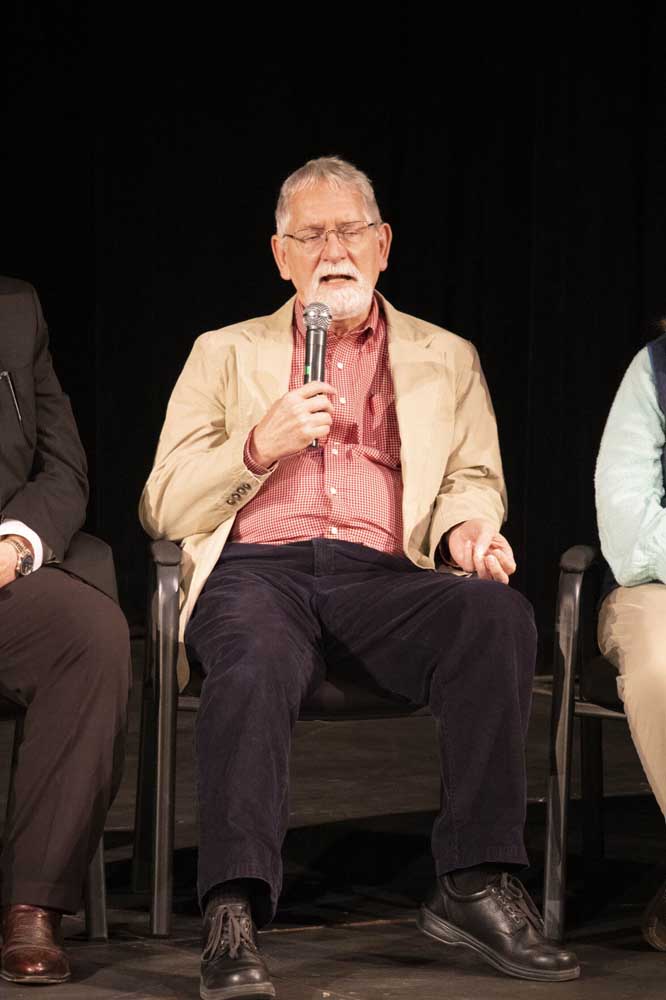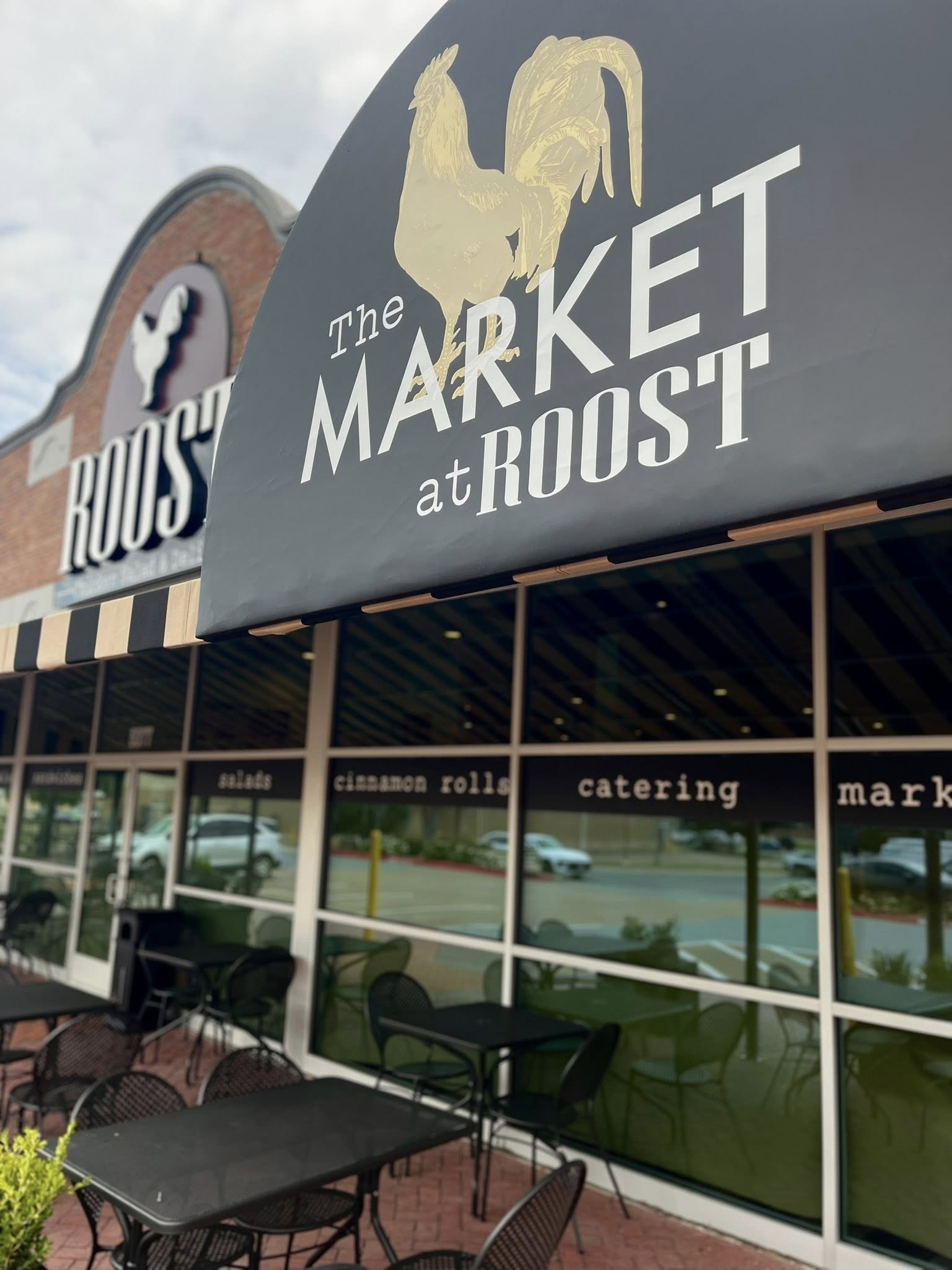Inaugural East Texas History Summit highlights fascinating past
Published 3:10 pm Monday, February 5, 2024

- Spencer's presentation highlighted some of Nolan's most popular photographs, which were so evocative of the oil boom days that many were used and reused in promotional advertisements for towns and oil drilling sites that had nothing to do with the East Texas boom of the 1930s. Spencer, who has spoken on this subject in Kilgore before, used the material he gathered during his research to author the book "Texas Oil and Gas: Postcard History."
KILGORE — The inaugural East Texas History Summit at Kilgore College brought together scholars, historians and lovers of local history together at Van Cliburn auditorium Jan. 20, to shed light on the fascinating past of this region.
The event, created and hosted by East Texas Oil Museum, aimed to showcase the unique and often overlooked facets of history which can be found in the stories of how Kilgore and other local cities came to be.
Trending
“The summit embodies a concerted effort to commemorate and understand the rich tapestry of East Texas history, inviting us to reflect on the stories that have shaped our communities,” ETOM Director Olivia Moore said.
Five speakers addressed the audience at Van Cliburn auditorium, covering topics from Kilgore’s oil boom years to the history of local families.
Author Cynthia Matlock’s presentation, “East Texas Rural Schools in Cherokee County,” covered her search for the schools where her parents were educated. Her quest led her to researching and compiling vast amounts of information on rural schools built for African-American communities in East Texas, many of which are no longer standing. She studied documentation of over 557 “freedom colonies,” which were communities of predominantly African-American families who were often served by rural school facilities.
Her extensive research into her own family’s history and into the legacy of the thousands of schools built for African-American communities in the south led her to delivering presentations on these topics and to writing two books: “Dancing in the White Sand” and “The Search for Vanished Schools.”
Jeff Spencer of the Petroleum History Institute delivered his presentation on a famed oilfield photographer, called “Capturing History: The Legacy of Jack Nolan.” Many in East Texas have heard of Jack Nolan and may have seen his famous black and white photos of gushing oil derricks, flaming infernos at oilfield fires and muddy, choked streets of oil boom towns in the 1930s. Many of Nolan’s famous photographs were made into picture postcards, which were very popular in his day.
Spencer’s presentation highlighted some of Nolan’s most popular photographs, which were so evocative of the oil boom days that many were used and reused in promotional advertisements for towns and oil drilling sites that had nothing to do with the East Texas boom of the 1930s. Spencer, who has spoken on this subject in Kilgore before, used the material he gathered during his research to author the book “Texas Oil and Gas: Postcard History.”
Trending
Micheal Jimerson, of the Rusk County District and County Attorney’s office, used his decades of experience with law enforcement and his love of history to inform his research of crime and justice in the East Texas Oil Boom. His presentation, “Enforcing Order,” covered the use of martial law in East Texas towns during the boom days of the 1930s, when small towns saw their population numbers increase tenfold or more from one year to the next, as people flocked to these locales in the hope of striking it rich in the oil business.
Along with this influx of newcomers to Kilgore and other towns, there was a huge increase in crime and lawlessness: illegal liquor production and smuggling, prostitution, theft, murder and other crimes increased as these small towns struggled to find enough law enforcement to keep up with the surge. Jimerson explained how these efforts sometimes led to the use of unconstitutional tactics and also helped build the reputations of larger-than-life characters like Texas Ranger Manuel “Lone Wolf” Gonzaullas. Jimerson is the author of several books, including “Where No Man Pursueth” and “White Gold.”
Greg Muckelroy, a Kilgore native and independent historian, described his years-long search for information regarding the history of his own family, from enslavement to freedom. His presentation, “The Story of My Family: Coming to Texas as Enslaved People,” described his efforts to research and catalog historical evidence which outlined the journeys of his ancestors and how his family came to be located in Kilgore.
He displayed copies of historical documents from the 19th century, including census information and slave rolls, which showed how the slave-owner who originally purchased his ancestors passed down this ownership to his son, who then relocated to East Texas in order to establish a plantation. Muckelroy traced his family roots back to discover that some of his ancestors remained in this area following the Civil War and the Emancipation Proclamation.
The final presentation of the summit, “Cattle Dipping Vats of East Texas,” was delivered by Dr. Perky Beisel, a history professor at Stephen F. Austin State University.
Beisel illuminated an often-neglected but pivotal part of East Texas history: in the 19th century, a deadly tick-borne illness was spreading throughout the Texan cattle and dairy industries, killing millions of cattle and threatening the future of the state. Her presentation explained how Texas and other southern states were placed under a cattle quarantine, threatening the livelihoods of cattle farmers and ranchers who were unable to sell their livestock to markets in the northern U.S. and Europe.
Years of scientific research led to the discovery of Texas cattle fever, an often-fatal disease spread by ticks who feed on the blood of cattle. The ticks who spread the disease prefer the climate of the southern U.S., causing the problem to be uniquely southern. Beisel showed historical documents and research which chronicled the ways in which scientists isolated the virus being spread by the ticks and the trial-an-error process of finding a solution: building cattle dipping vats across the south where cattle could be herded through a tick-killing chemical solution. Many of these cattle dipping vat sites have long since been bulldozed or fallen into disrepair and most folks these days have no idea of their historical significance. It was at these humble locations were scientists and ranchers teamed up to defeat a threat which could have wiped out much of the Texan economy.
To learn more, visit https://easttexasoilmuseum.kilgore.edu/.






